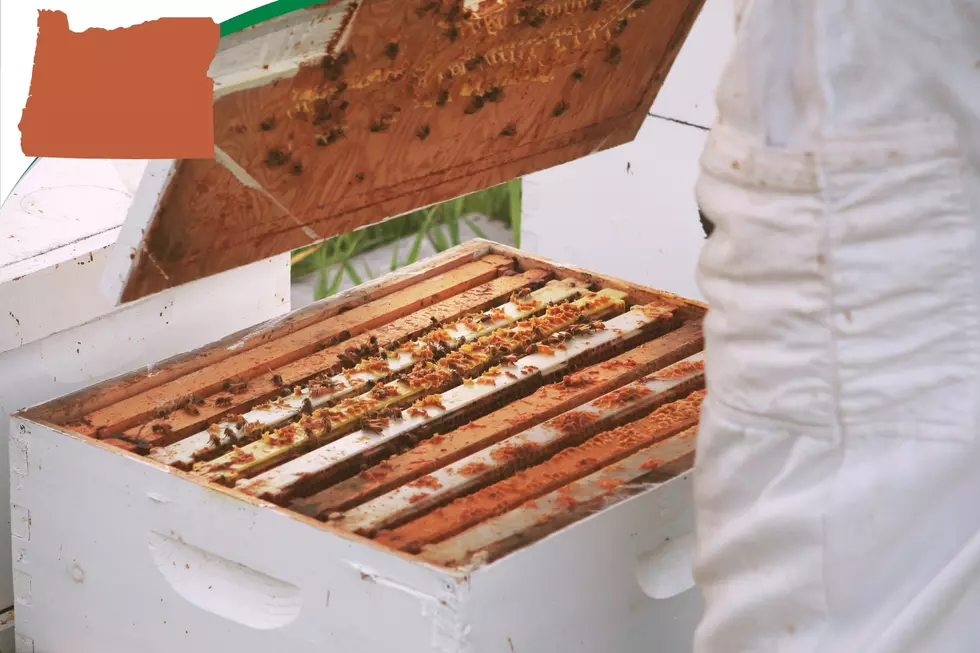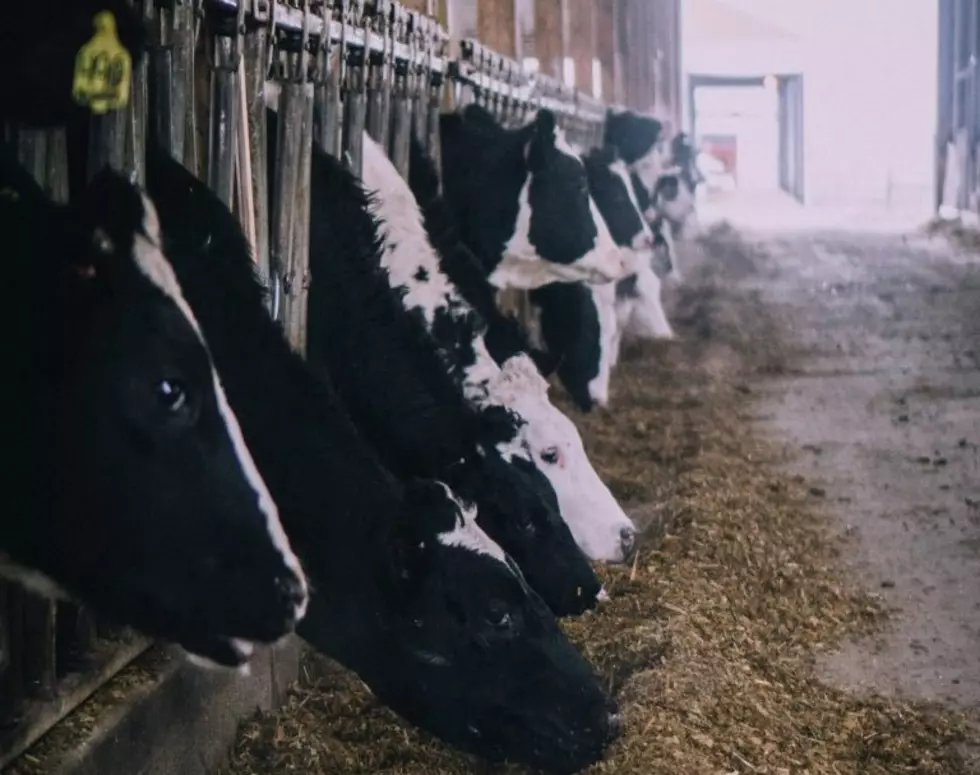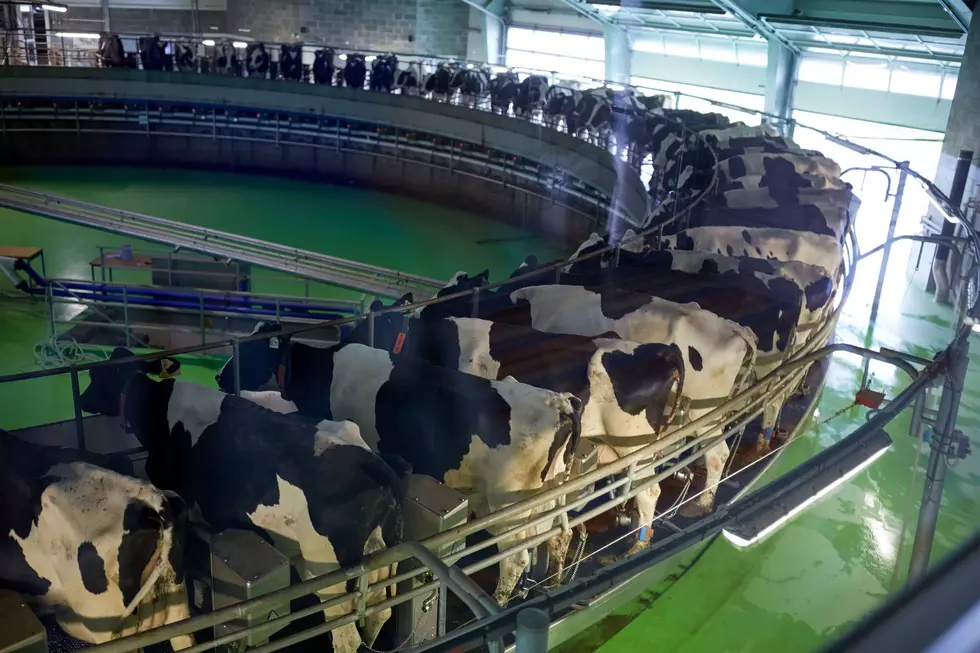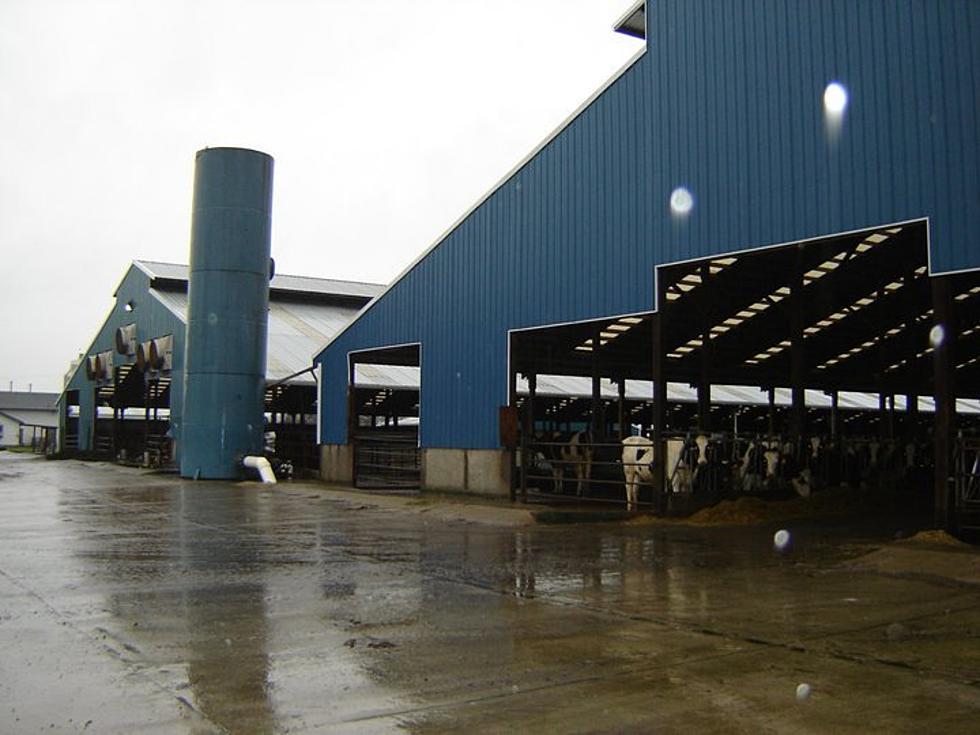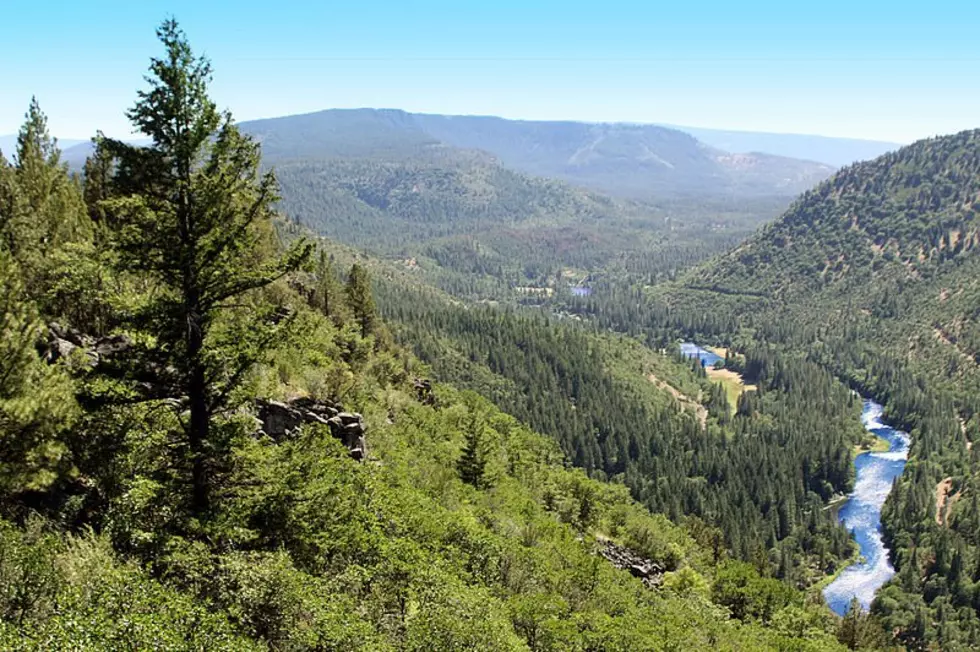
OSU Researcher: Solar Farms Could Benefit Ag Environment
According to an Oregon State University researcher, if a small fraction of farms captured solar energy, it could produce a large slice of the country's energy needs, all while boosting the bottom lines of farmers. OSU’s Chad Higgins said 1% of farmland in the United State could provide 20% of the country's electricity needs through solar power. He added farmers could treat sunlight as a resource in the same way they treat water or soil health.
“Most plants don't need the full amount of sunlight that comes to the land, and a fraction of that can be productively harvested and made into electricity with solar panels."
Higgins is currently conducting experiments at a farm in the Aurora area, about 20 miles south of Portland. He said most experiments on developing solar energy and agriculture side-by-side focus on the solar part, and then farming is shoehorned in.
"None of those systems were amenable to large-scale production agriculture. There wasn't really thought given to how do you get the tractors through, how you get the harvesters through, how you make sure there's radius enough to turn the tractors around."
Higgins added the U.S. would need to invest less than 1% of its annual budget in order to achieve this, saying it would create more than 100,000 jobs in rural communities. Higgins says the cooling effect from plants also would make solar panels more efficient.
If you have a story idea for the PNW Ag Network, call (509) 547-1618, or e-mail gvaagen@cherrycreekmedia.com
More From PNW Ag Network
